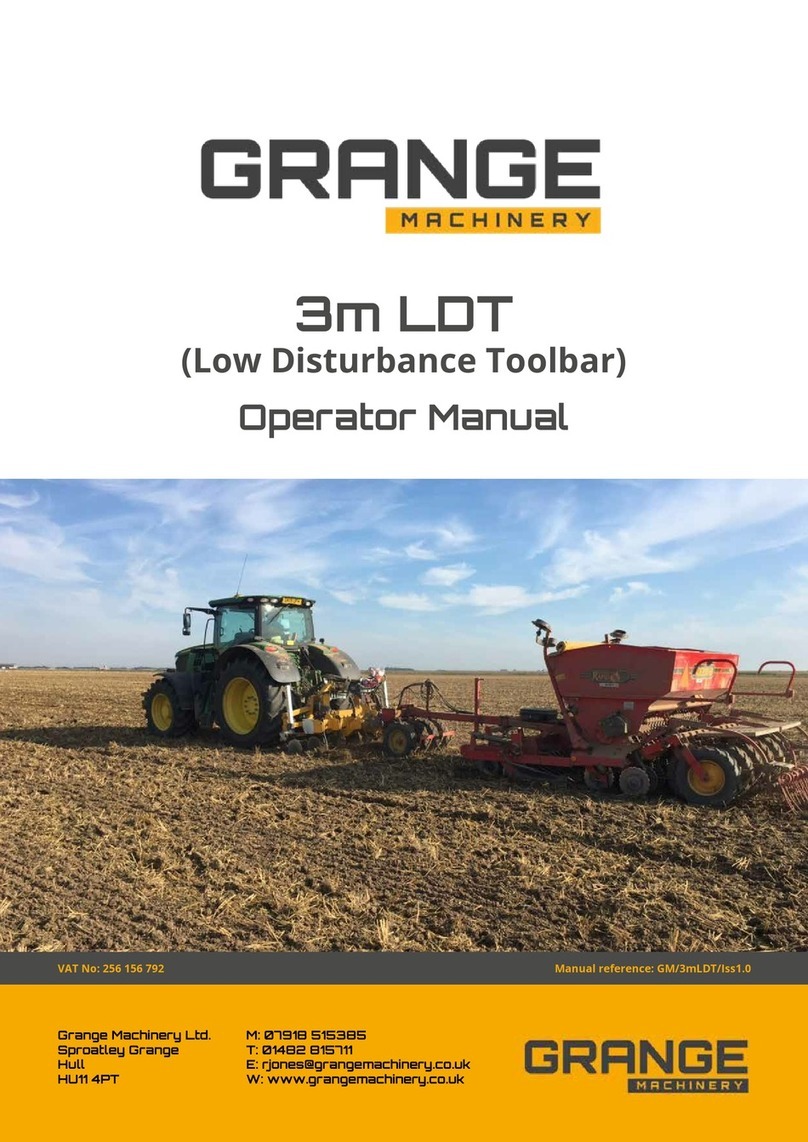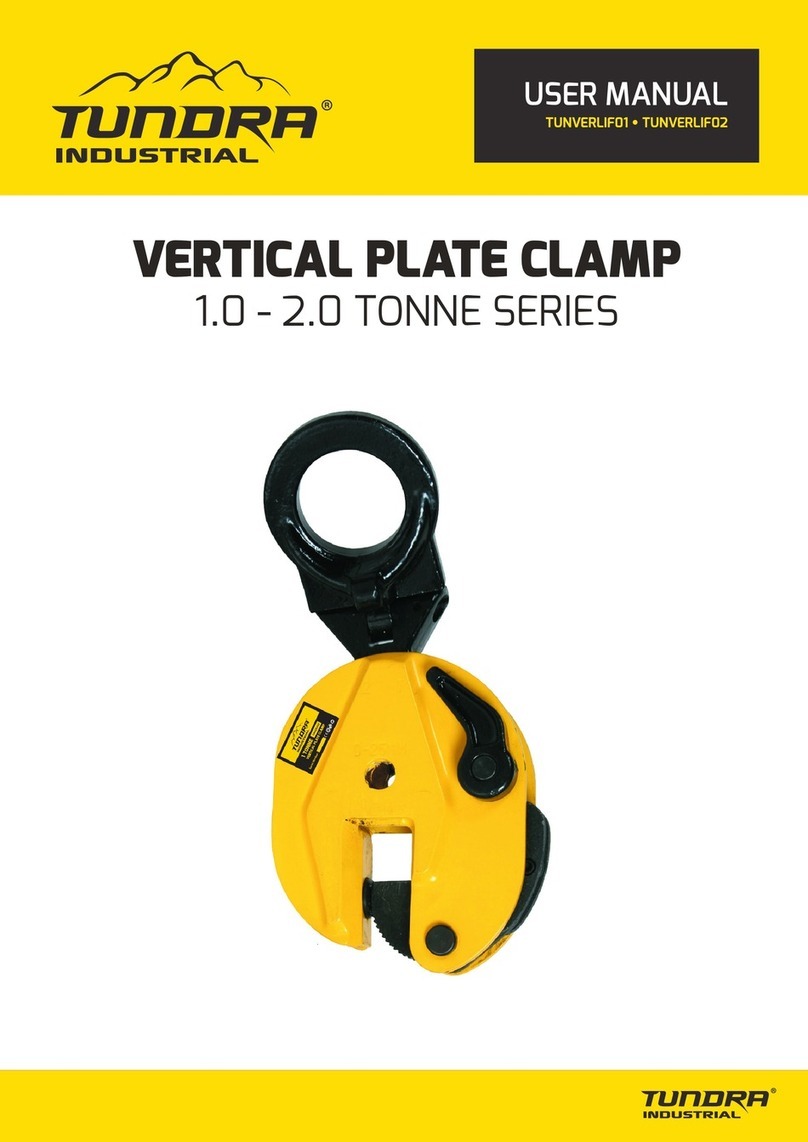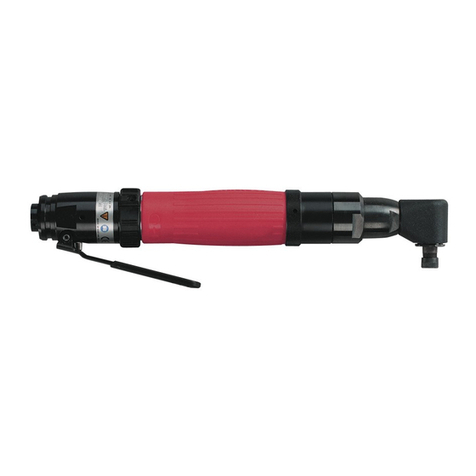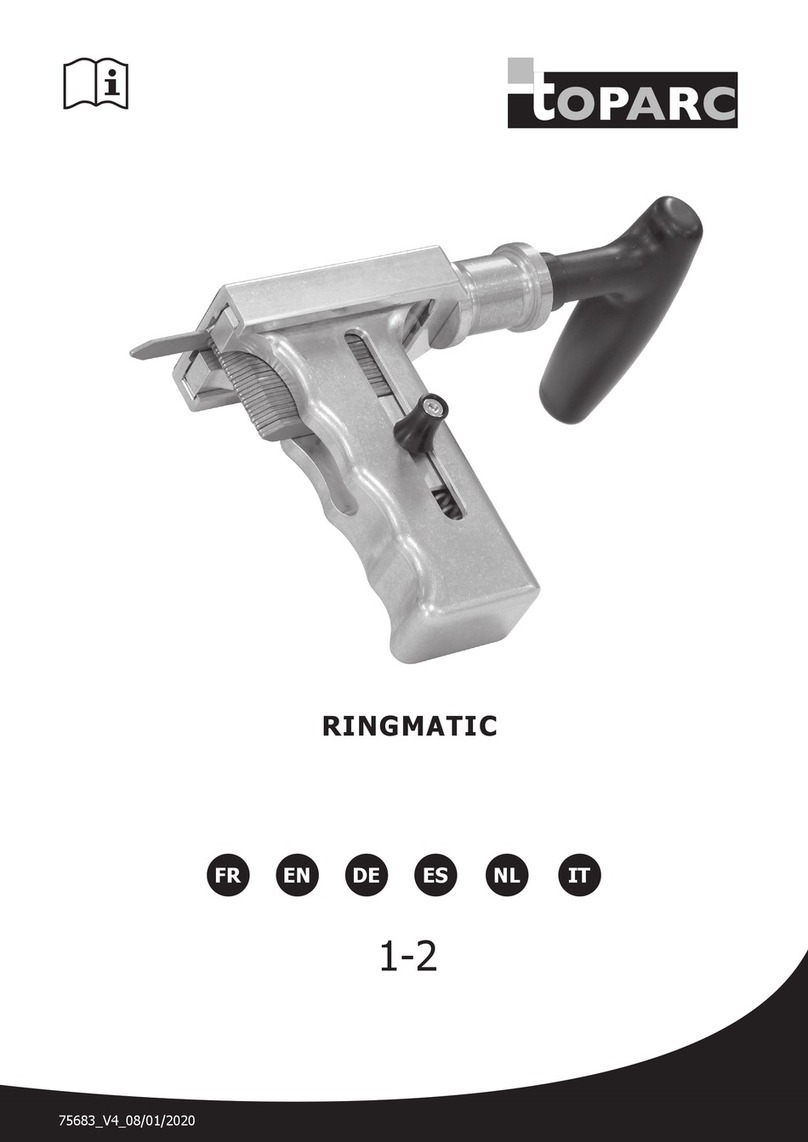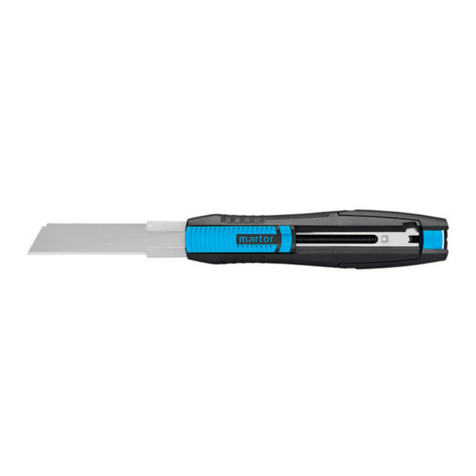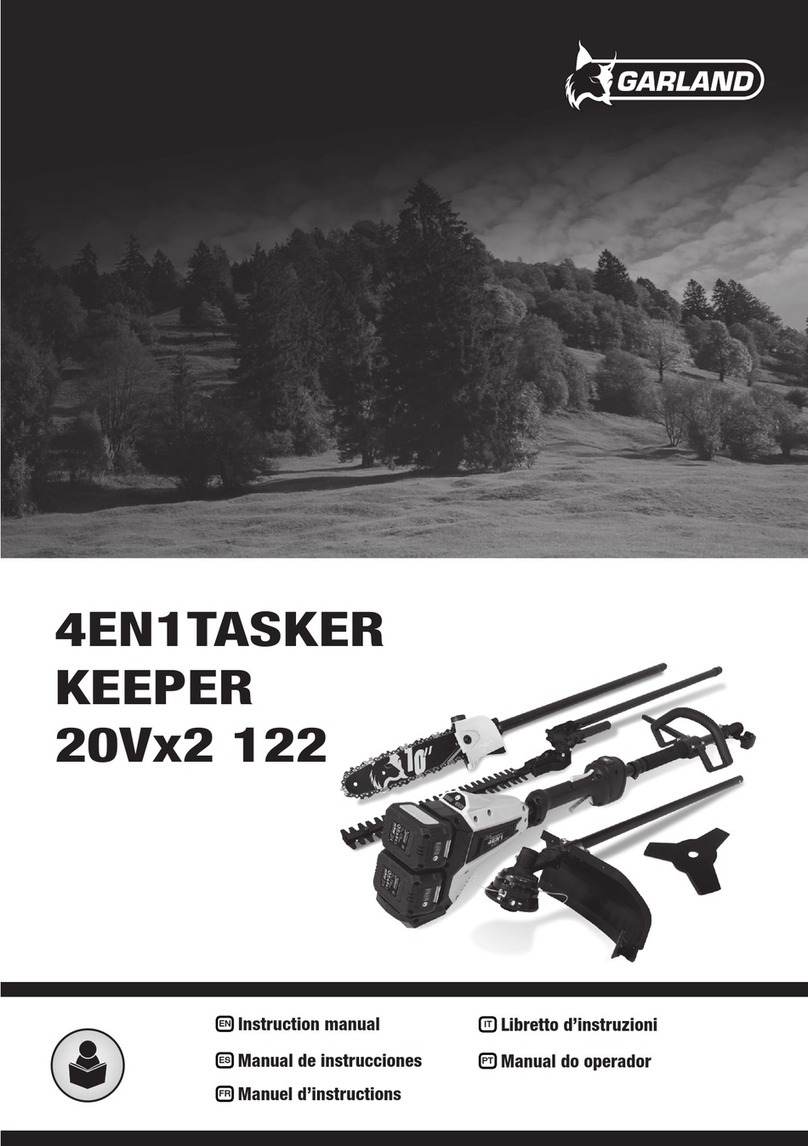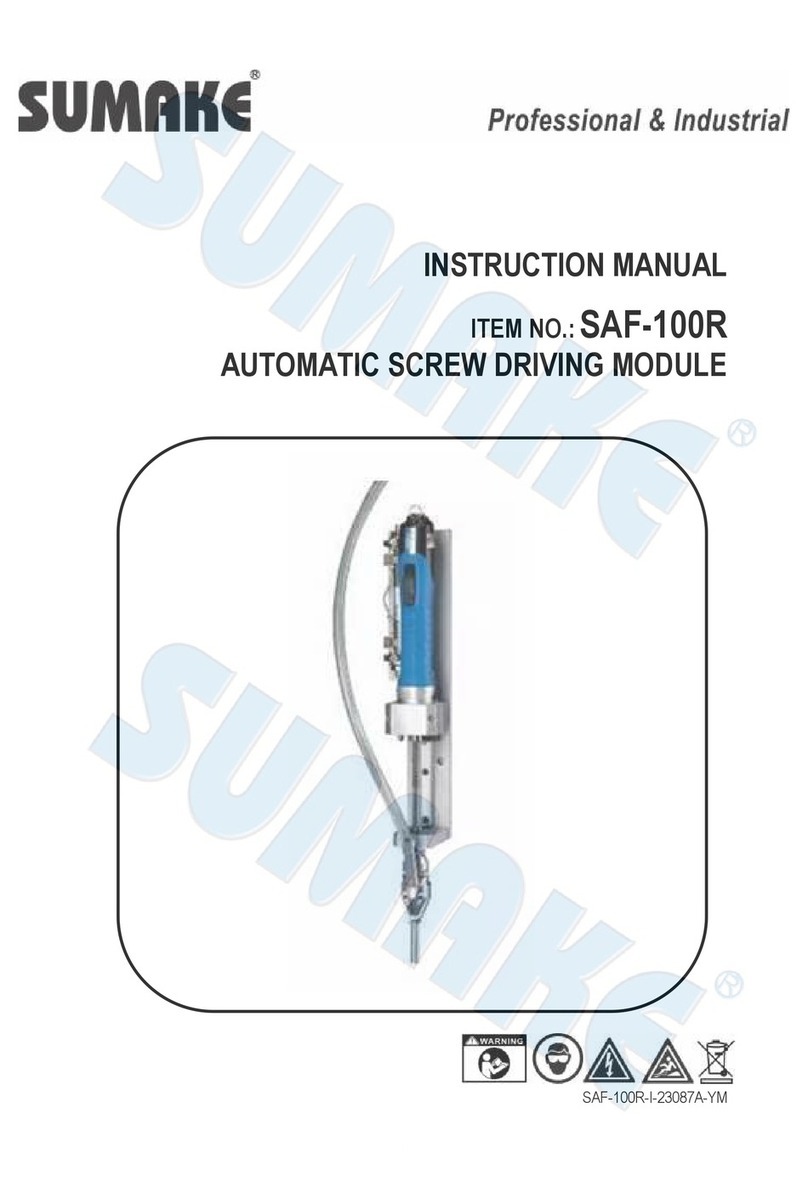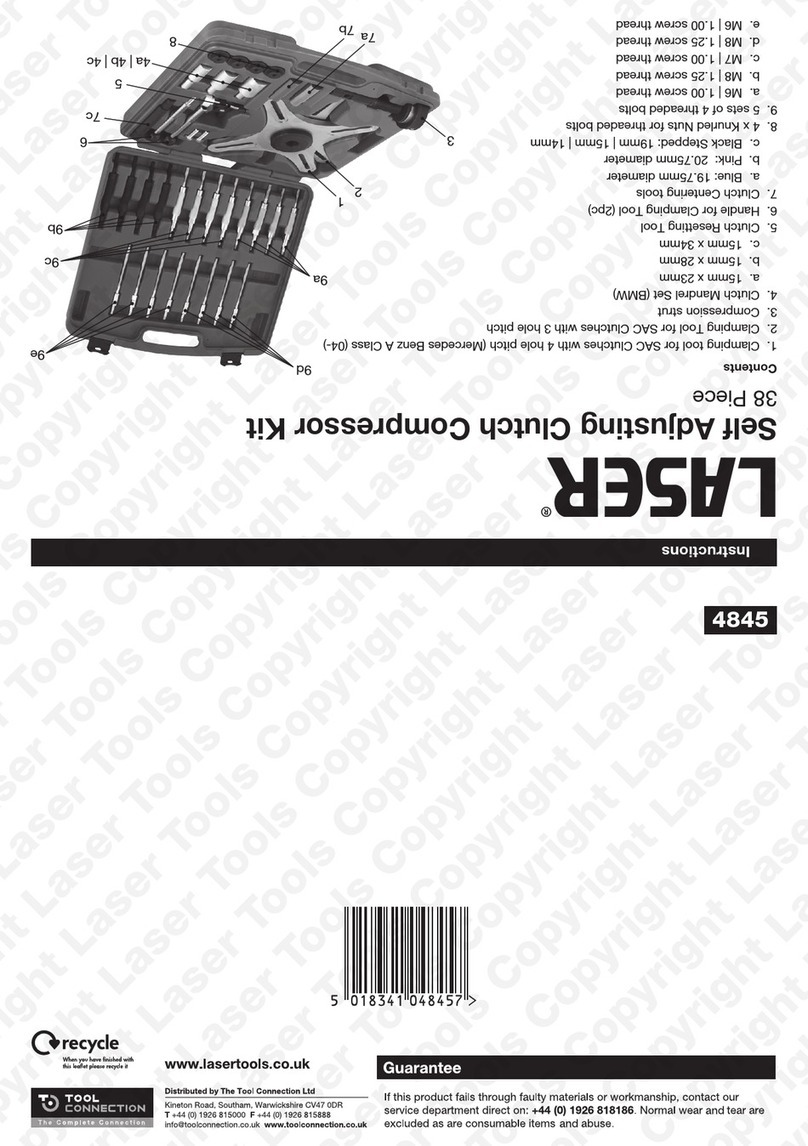Grange Crane Guide

© Grange Australia Pty. Ltd.
SAFETY, OPERATIONS
& PARTS MANUAL
LEVER BLOCKS
NEW GENERATION CT & IP SERIES
800kg, 1 tonne, 1.6 tonne, 3.2 tonne, 6.3
tonne and 9 tonne model capacities
250kg, 500kg, 750kg, 1.5 tonne model
capacities
Complies to AS 1418.2
Mini Lever Block

2
Preface
Congratulations on your CRANE Lever Block purchase.
The CRANE Lever Block you have chosen, is a top quality & heavy
duty hoist, designed to retain its operational features under normal
operating conditions. In order to achieve years of satisfactory
service from your CRANE Lever Block regular maintenance and
lubrication should be applied.
Prior to operation, please read all the contents contained within this
manual. At all times only competent and experienced personnel
should operate, install or maintain this hoist. Failure to comply with
the instructions contained within this manual can result in both
physical and/or property damage.
In keeping with statutory requirements, and best use for your
CRANE Lever Block we recommended a periodic maintenance check
every 12 months.
Initial Set Up Check
Your CRANE Lever Block has been tested, and conforms to
Australian Standard AS1418.2 - 1997
On completion of installation, but prior to your CRANE Lever
Block being put into regular service, the following procedures
should be carried out:
1. Check that all joints and fasteners are tight and secure.
2. Check operation of hoist brake, under light load and full load
conditions.
3. Operate the hoist with both no load and full load, and check
that the operation is smooth at all times.
Order Information
Replacement parts is your require spare parts for your Lever Block
in the future. Simply provide the Model No., Serial No. and the part
you require to your local CRANE distributor.

3
Instructions
Principle and Operation of Free Chain Adjusting System -
Free Chain Adjusting Principle.
WARNING IMPROPER use of chain lever blocks could result
in death or serious injury. To avoid these hazards: please read &
follow the instructions in this owners manual.
WARNING NEVER operate the free chain adjusting device while
load is applied to chain lever block.
WARNING NEVER touch the free knob during lifting or lowering
of the load.
Note: The break is engaged automatically
during lowering or lifting of the load. Free
chain adjusting is achieved by releasing the
brake during no-load.
Step Action
1. Set the charge-over knob to “N”. The change-over knob is
located under the free knob on the hand lever.
2. Rotate the “Free” knob slightly in desired direction.
3. Pull the load chain to move the hook to the desired location.
4. By “setting” the change-over knob to “Up” or “Down” , this
will reset the break and allow the hoist to be operated with
the hand lever.
Method
Principle of Lifting and Lowering Operation - Lifting and
Lowering Principle
By setting the change-over knob to “UP” or “DOWN”, and operating
the lever, the female thread and the change-over pawl inside the
hoist engage and the female thread rotates in either the lifting
or lowering direction. The brake works instantly after the lever
operation stops and holds the load.
Lifting and Lowering
Select direction of movement and ratchet hand lever back and
forth, see below:
NOTE 1: If hand lever movement does not produce lifting, pull
down the load chain while ratcheting until slack is removed.
NOTE 2: PRE-LOAD is the minimum load that must be applied to
the lever block before the braking system activates. The PRE-LOAD
on the CRANE Lever block is set approximately 3% of the W.L.L.
(Working Load Limit) of the particular Lever Block. eg. (800Kg lever
hoist 24kg), (1600kg lever hoist 48kg), (3200kg lever hoist 96kg),
(6300kg lever hoist 189kg), (9000kg lever hoist 270kg).
Chain
Movement
Change-over
knob
Hand lever rotation that
produces movement
Raise “UP“ Clockwise
Lower “DOWN“ Counter Clockwise

4
Safety Procedures
The following Safety section should form part of the safety rules
for any plant where any hoist or other lifting equipment is being
used, serviced or repaired.
Any person(s) operating the hoist should read and observe
the following safety instructions and the instructions in the
Operating section, to avoid operating hazards.
Always Check for any cracks or wear signs on the unit before use
and ensure you are working in a safe environment before use.
1. DO NOT load beyond the rated capacity.
2. DO NOT heat treat and DO NOT weld any part of the
lever block, especially the load chain.
3. DO NOT leave a load on the lever block unattended.
4. DO NOT shock load lever block, chain or hook.
5. DO NOT operate the lever block unless it is rigged to
pull in a straight line from hook to hook, and the frame is
allowed to freely swivel on the upper hook.
6. DO NOT hold the load chain in a loaded state while
operating the lever block as serious injury may occur if
the brake did not operate properly.
7. DO NOT wrap the load chain around the load and hook
onto itself as a choker chain, or bring the load in contact
with the lever block.
8. DO NOT use this lever block for lifting or moving people,
or lifting loads over people.
9. DO NOT take up the load chain to the point where the
end ring or lower hook becomes jammed against the
frame.
10. DO NOT use an extension pipe or cheater bar to apply
more pressure to the lever handle.
11. DO NOT Repair unless you are fully qualified to do so.
12. Do Not allow your attention to being diverted whilst
lifting the load.

5
Care in Use
1. Always examine the hoist carefully before use - your life may
be at stake. Look for cracks or damage, particularly with hooks
and load chain.
2. Keep load chain clean and oiled to prevent undue damage or
wear. When in use, avoid dragging the load chain through dirt
or mud.
3. When the hoist is used outdoors or in a corrosive environment,
ensure that it is regularly and adequately lubricated.
4. Do not operate the hoist if you do not have a clear view of the
bottom hook and the load.
WARNING
If a load hook has been distorted, due to an overload on the
hoist, then the hoist lifting unit will also be damaged. A hoist
which has been overloaded must be withdrawn from service
immediately.
Maintenance
The maintenance instructions contained in this manual are
intended as a guide to the necessary procedures to be carried out
by competent and experienced personnel.
CRANE Brands, do not accept responsibility either for the manner
in which the instructions in this manual are observed or for any
consequence there of. Your CRANE Dealer recommends two forms
of maintenance to be carried out on your Lever Block periodically.
The two forms include:
1. A Visual Check (prior to each use); These checks can be carried
out by the operator.
2. A Certied Check (conducted every 12 months); this type of
inspection is to be carried out by a qualied person only, This
inspection is a certied check, in compliance with AS1418.2 - 1997.
Important Note: Always store unit in a clean and dry area.
Ensure that all repair and maintenance work is carried out by
qualied personnel, using only the specied genuine parts.
Spare Parts Use only CRANE genuine spare parts to keep your
warranty valid. When ordering from your distributor please have
the your information Model No. & Serial No. both can easily be
found on the Identity plate.

6
Points of Inspection Type of Inspections Outcomes
Hook Top/Bottom
Deformation of Hook Visual There should be no deformation of the hook. Safety catch should
close against the tip of the hook.
Damage to the Hook Visual There should be no crack or serious damage.
Bend in the Neck of Hook Visual Hook should hand square to lifting unit or top hook or to side plates
(bottom block).
Side Plates and Suspension Plates Visual There should be no crack, damage or wear.
Rivets, Bolts and Nuts Visual All fasteners should be tight.
Safety Catch Visual Should close properly.
Chain Visual Should be properly lubricated and free from bends, nicks or stretch,
rust and dust.
Chain Guide Rollers Visual Should rotate freely and keep chain in the pockets and of the wheel(s).
Functions
Lifting and Lowering
Lift and lower a light load
no less than recommended
Pre-Load described on pg.3
Hoist should operate smoothly and easily. Pawl should click during
lifting. Lifting and lowering operations should be smooth and without
any of following defects:
Braking
Lift and lower the full
working load limit not
exceeding the W.L.L
1. Load falls if chain is released.
2. Load falls while lowering.
3. Load slips.
Maintenance Checklist

7
Trouble Shooting
Problem Cause Solution
1. Chain is jammed
Load is not being pulled in a vertical direction.
Pull is at an angle greater than 60°.
Load swivel has ceased operating.
Block is dirty, or hampered with foreign matter.
Fall of chain is tangled.
Block is overloaded.
Brake mechanism has jammed.
Swivel has ceased operating.
Line load to be positioned vertically.
Reduce angle of pull.
a. Unload load and de-swivel.
b. Replace swivel.
Refer to maintenance and repair section of this manual.
Unravel and straighten chain.
Load block to recommended capacity only.
Return to supplier for repair.
2. Load is spinning Swivel has ceased operating.
Over-spinning.
a. Unload load and de-swivel.
b. Replace swivel.
Ensure that bolts and hook are properly secured.
3. Block Seized
Wear and tear.
Poor maintenance and inspection.
Poor storage and handing.
Block is overloaded.
Replace block.
Refer to manual for maintenance and inspection details.
Always store unit in a dry clean area.
Load Block to recommend capacity only.
4. Slippage of Load Brake mechanism worn. Return to supplier for repair and testing.
5. Block not braking Brake mechanism worn. Return to supplier for repair and testing.

8
Capacity
(kg)
Working
Load
Limit
No. of
Falls
Load
Chain
(mm)
Pull to
Rated
Load (N)
Proof
Load
(tonnes)
Standard
Lift (m)
Net
Weight
(kg)
Gross
Weight
(kg)
Extra
Wt. per
m(kg)
a
(mm)
b
(mm)
c
(mm)
d
(mm)
g
(mm)
h
(mm)
800kg 800kg 1 5.6 x 17 280 1.2 1.5 5.8 6.1 0.7 148 121 37.5 278 28 280
1000kg 1000kg 1 5.6 x 17 353 1.5 1.5 5.9 6.3 0.7 148 121 45 278 33 290
1600kg 1600kg 1 7.1 x 21 280 2.4 1.5 9.1 9.6 1.1 165.5 141 47 433 33.5 350
3200kg 3200kg 1 10 x 30 381 4.8 1.5 17.2 17.8 2.17 194.5 178 62.5 433 43.5 420
6300kg 6300kg 2 10 x 30 402 9.45 1.5 25.7 26.3 4.34 194.5 228 78 433 52 570
9000kg 9000kg 3 10 x 30 406 13.5 1.5 38.3 44.8 6.51 194.5 310 - 433 64 680

9

10
Capacity (kg) 250 500 750 1500
Standard Lift (m) 1.2 1.5 1.5 1.5
Pull to Lift Capacity (N) 200 240 290 320
Load Chain Diameter (mm) 3.2 4.3 5 7.1
No. of Falls 1 1 1 1
Proof Load (kg) 375 750 1125 2250
Net Weight (kg) 1.5 2.5 3.4 6.3
Gross Weight (kg) 1.7 2.7 3.6 6.5
Dimensions (mm)
a 87 100.5 105 122
b 68 81 92 109
c 200 250 260 330
d 145 160 180 220
e 55.5 62.5 64 68.5
f 35.5 42 42 53
g 21 24.5 28.5 35
s 32 34.5 25.5 42.5
t 11 12 14 21.5

11

© Grange Australia Pty. Ltd. 2020
NOTES
LEVER BLOCKS
Your Specialist Distributor:
Note:
Note: All images are just for illustration purpose only. All Specications are Correct with our Current Stock Holdings. Specications and
dimensions are subject change without notice.
Table of contents
Other Grange Tools manuals
Popular Tools manuals by other brands
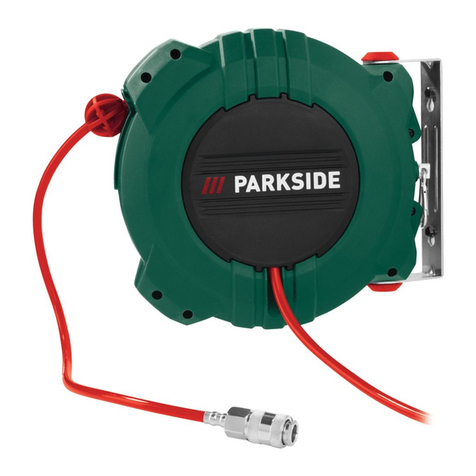
Parkside
Parkside PDST 10 B3 instructions
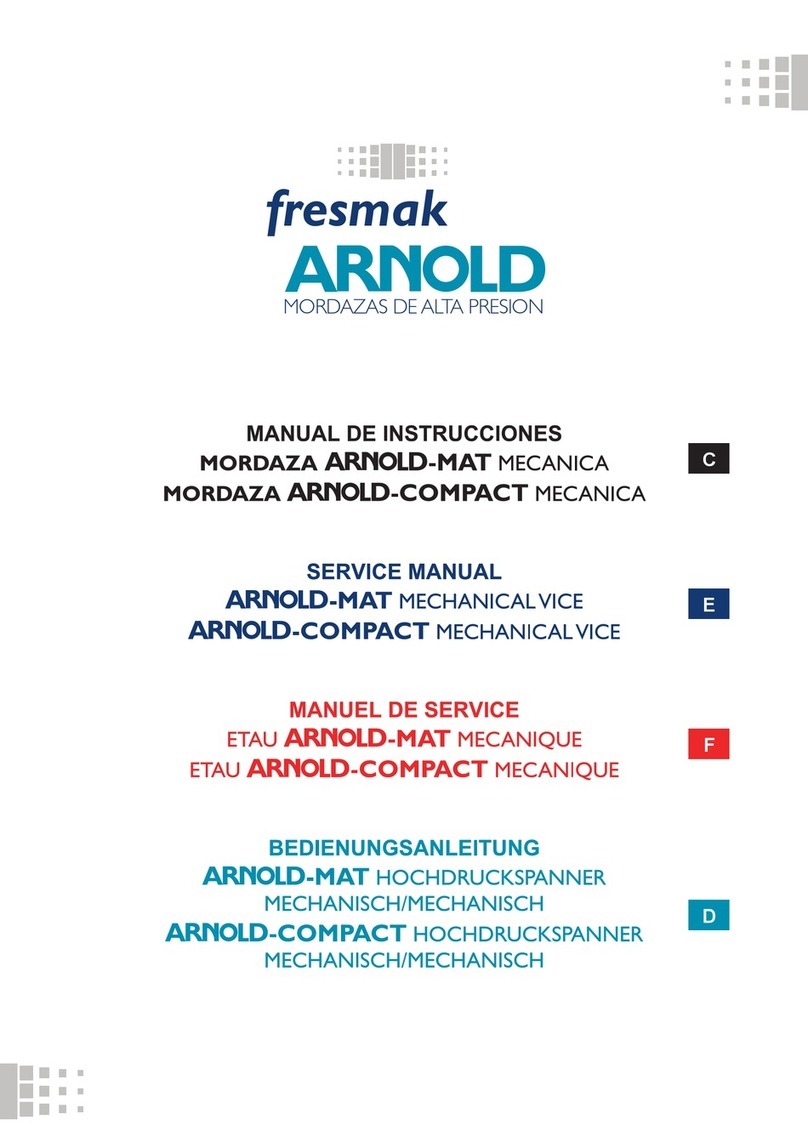
Fresmak
Fresmak Arnold Series Service manual

Pittsburgh
Pittsburgh 62966 owner's manual
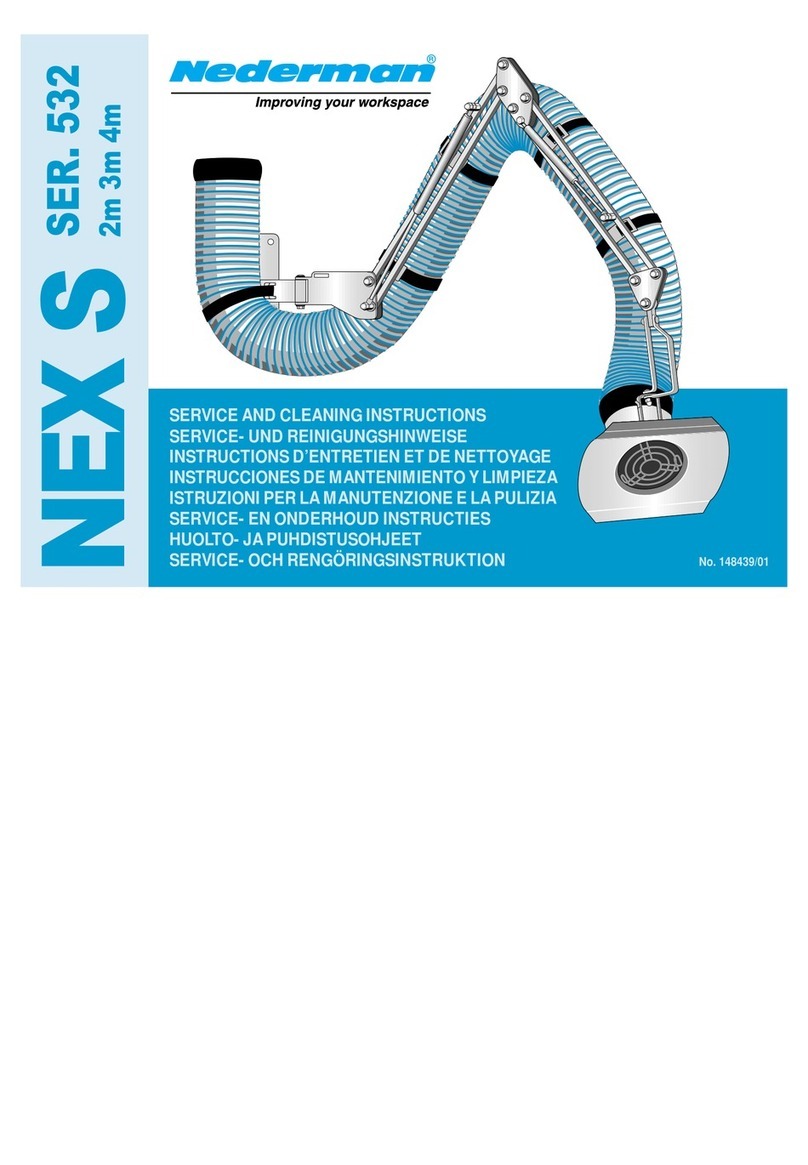
Nederman
Nederman Series 532 Service and cleaning instructions
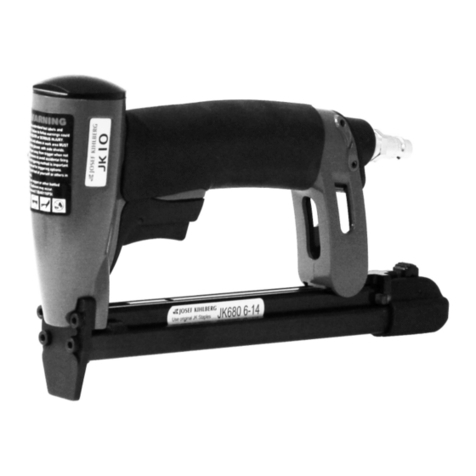
Josef Kihlberg
Josef Kihlberg JK10-670 operating instructions
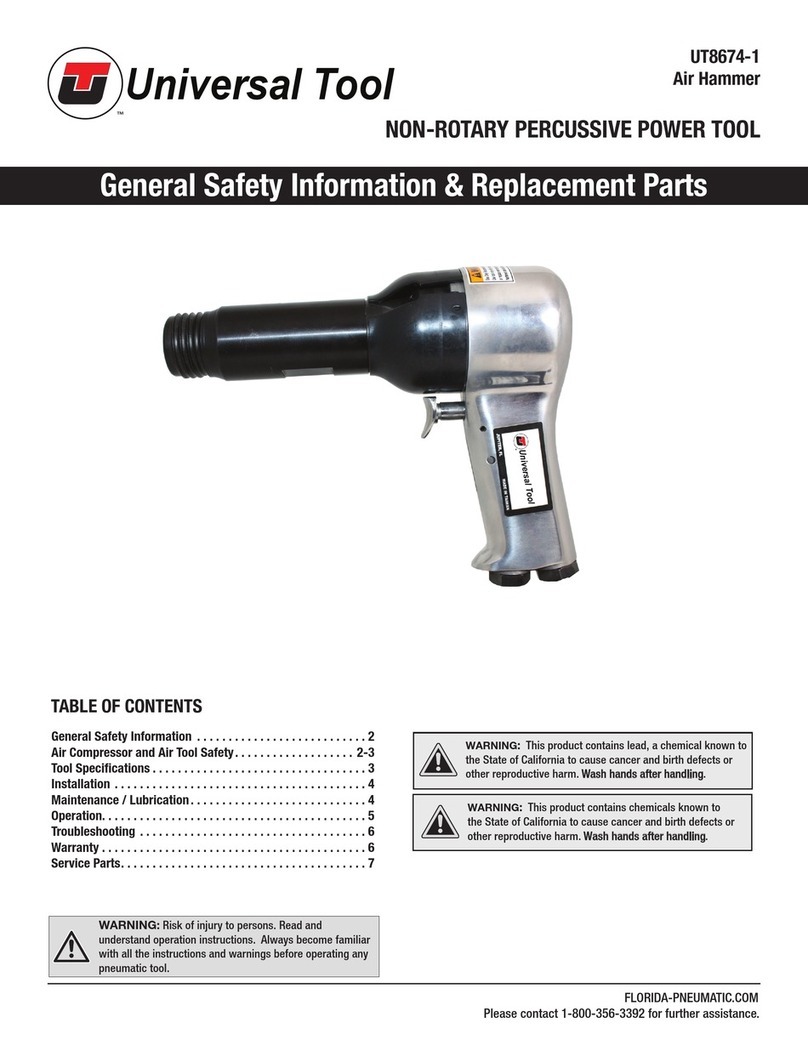
Universal Tool
Universal Tool UT8674-1 General Safety Information & Replacement Parts
